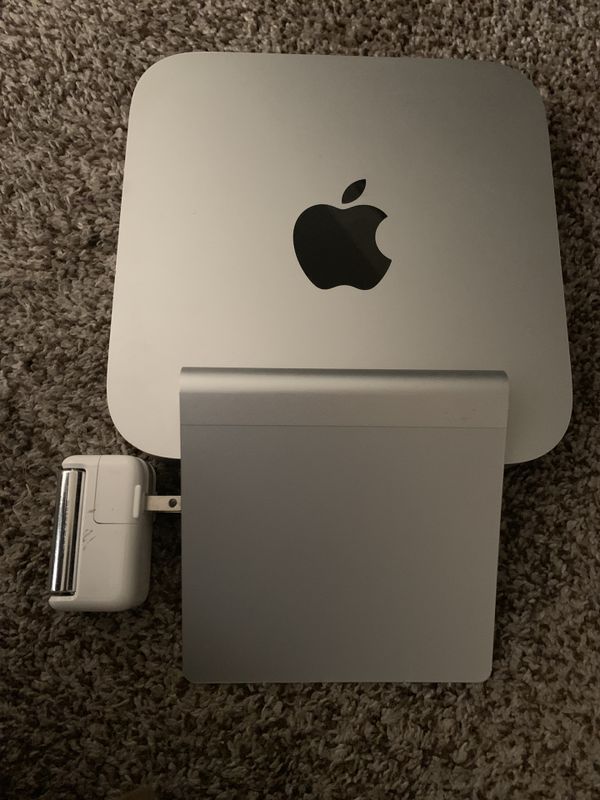

If you want to use Backup Plus Desktop exclusively with Mac computers, it is recommended that you use the format native to the Mac operating system, HFS+ (journaled).įor further information on hard drive file systems and instructions for formatting hard drives, review the section below. For details and instructions, see our dedicated support page for the Paragon driver for Mac. If you want to connect Backup Plus Desktop to a Mac as well as a Windows PC, you can install special software that allows Macs to read and write files to NTFS hard drives similar to Windows PCs. However, NTFS is not fully compatible with Mac computers. Therfore, you can connect Backup Plus Desktop to a Windows PC without formatting the hard drive. If you're dead set on partitioning-or you're doing something that requires partitioning, like dual-booting your computer-then read on.Your Backup Plus Desktop is formatted as NTFS for compatibility with Windows out of the box. If you don't have to partition your drive, consider the pros and cons before continuing.

This is convenient, but it can also cause as many problems as it solves-if you run out of space on one partition and have too much free space on the other.

Similarly, partitioning allows you to allocate one portion of your drive to Windows itself, with another for all your music, videos, and other files, so they don't get deleted when you reinstall your operating system. However, by creating a partition, you can use Windows' built-in BitLocker to encrypt an entire partition and avoid using third-party software. If you want to encrypt files, for example, it may be easier to create a virtual disk with a program like VeraCrypt (Opens in a new window). Partitioning your drive seems convenient, but it isn't always the ideal solution to your problem. If you aren't using all the space on your C: drive, you can divide it into multiple partitions for other uses. This process is called partitioning your drive, and in fact, your drive is probably partitioned out of the box: the majority of the drive is occupied by the C: partition, but most PCs also have a small "Recovery" partition that can help repair your system if something goes wrong. It's actually easy to do, and all the necessary tools are built right into Windows.


 0 kommentar(er)
0 kommentar(er)
